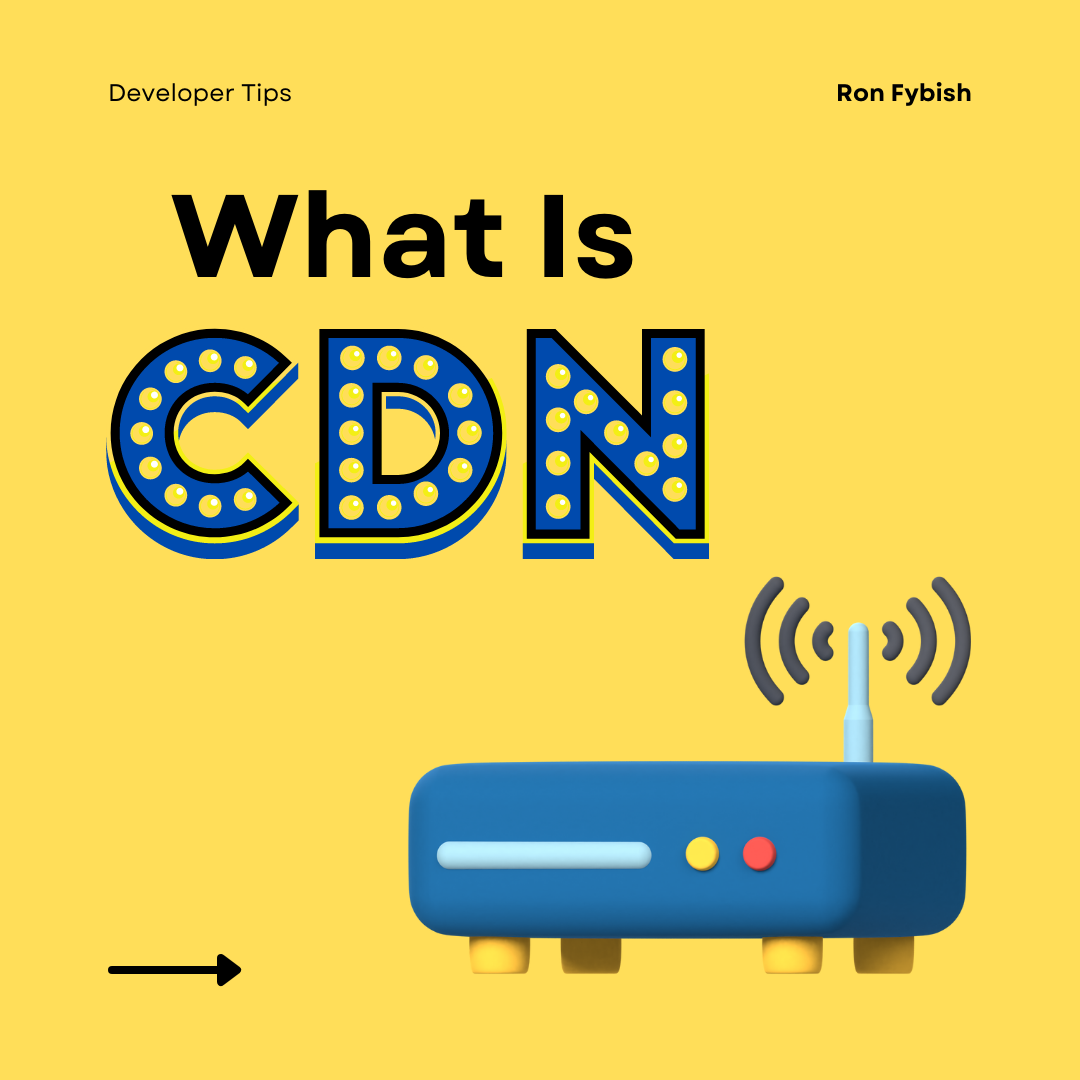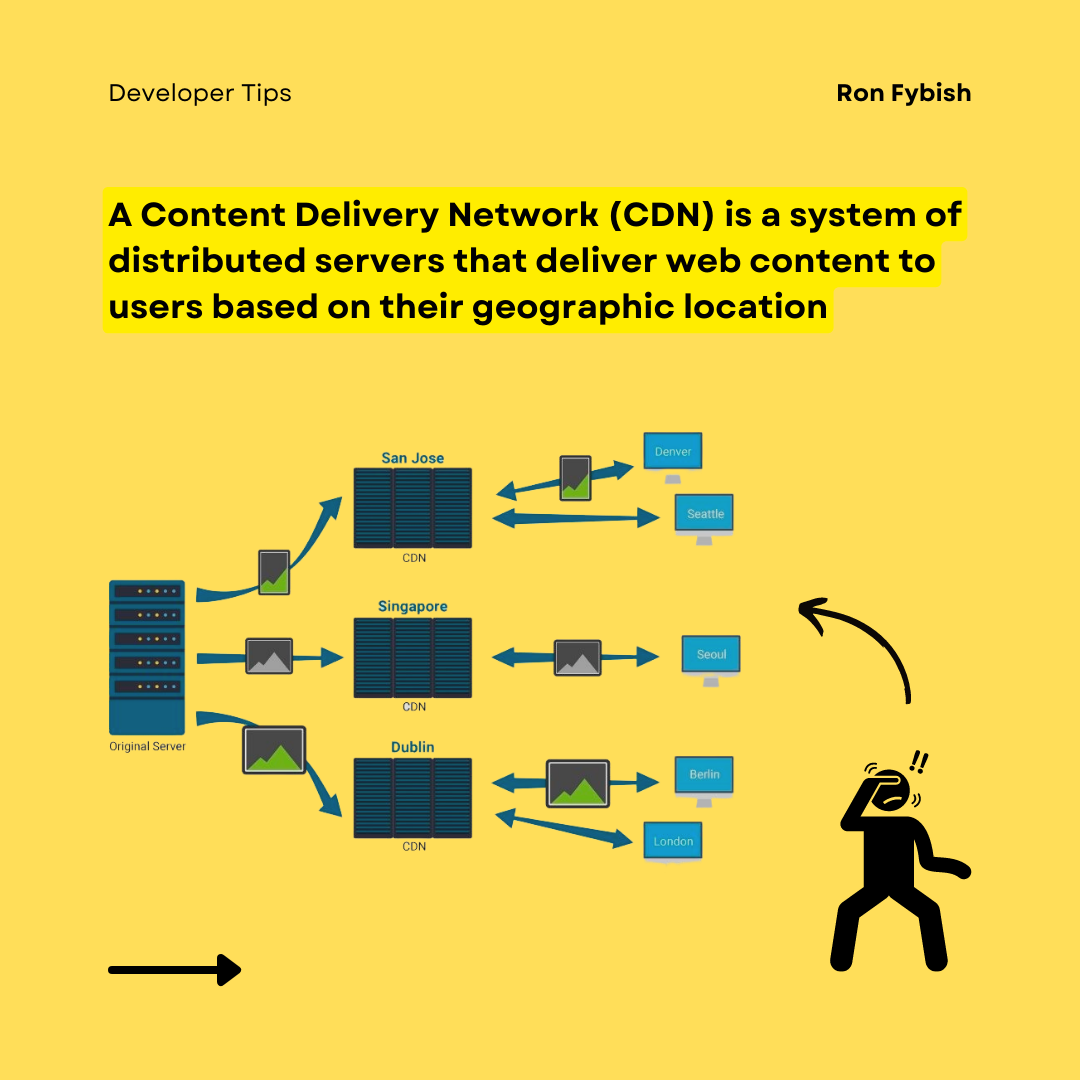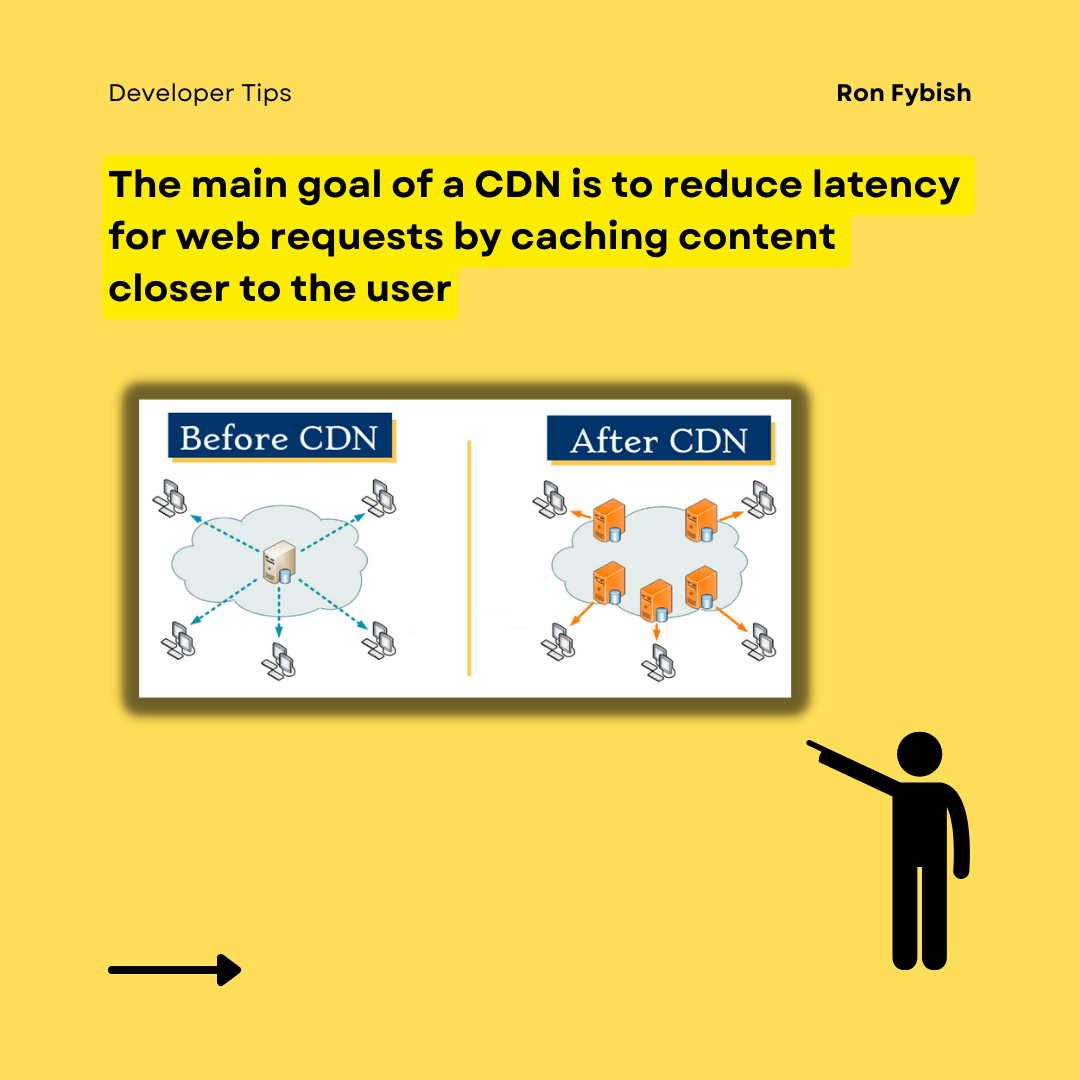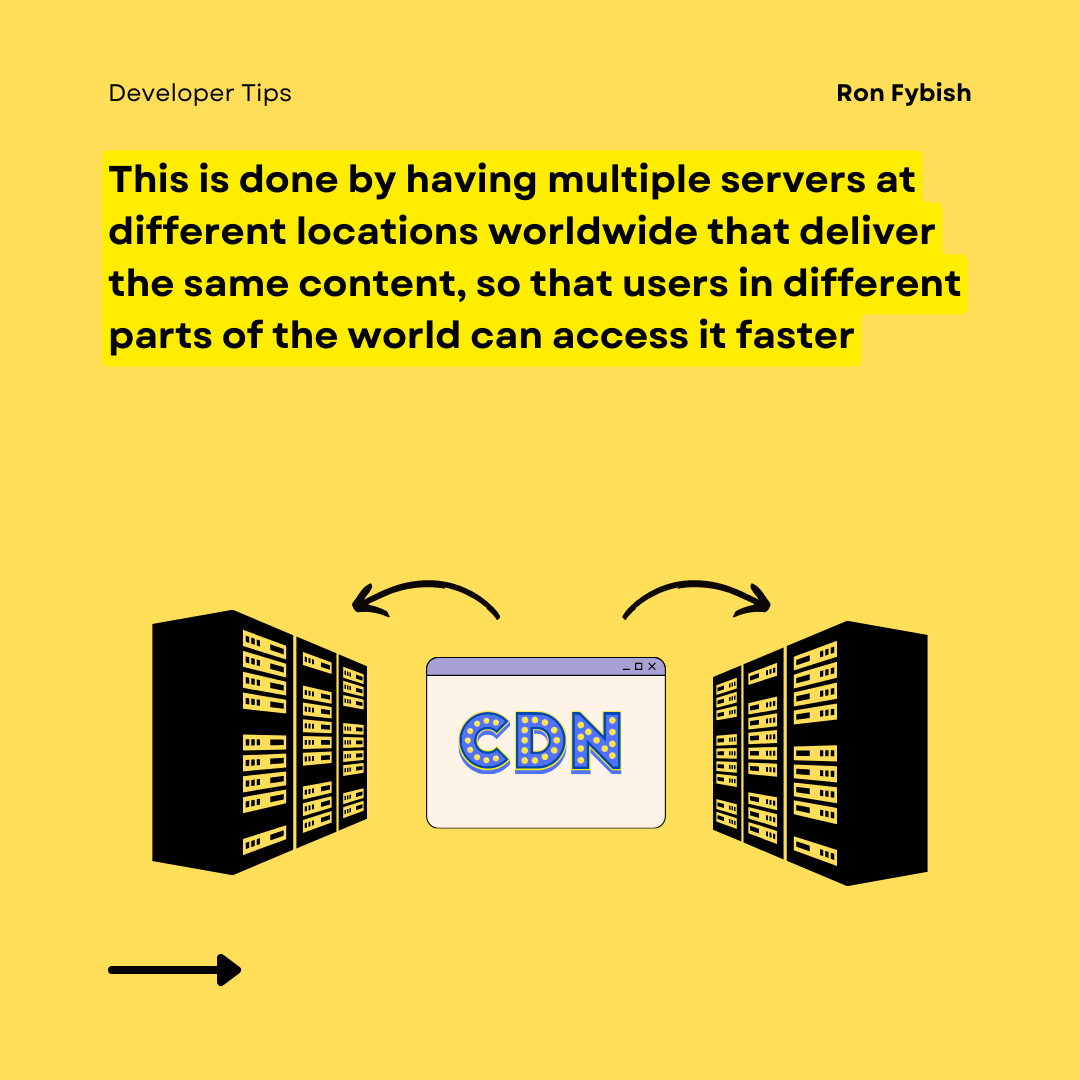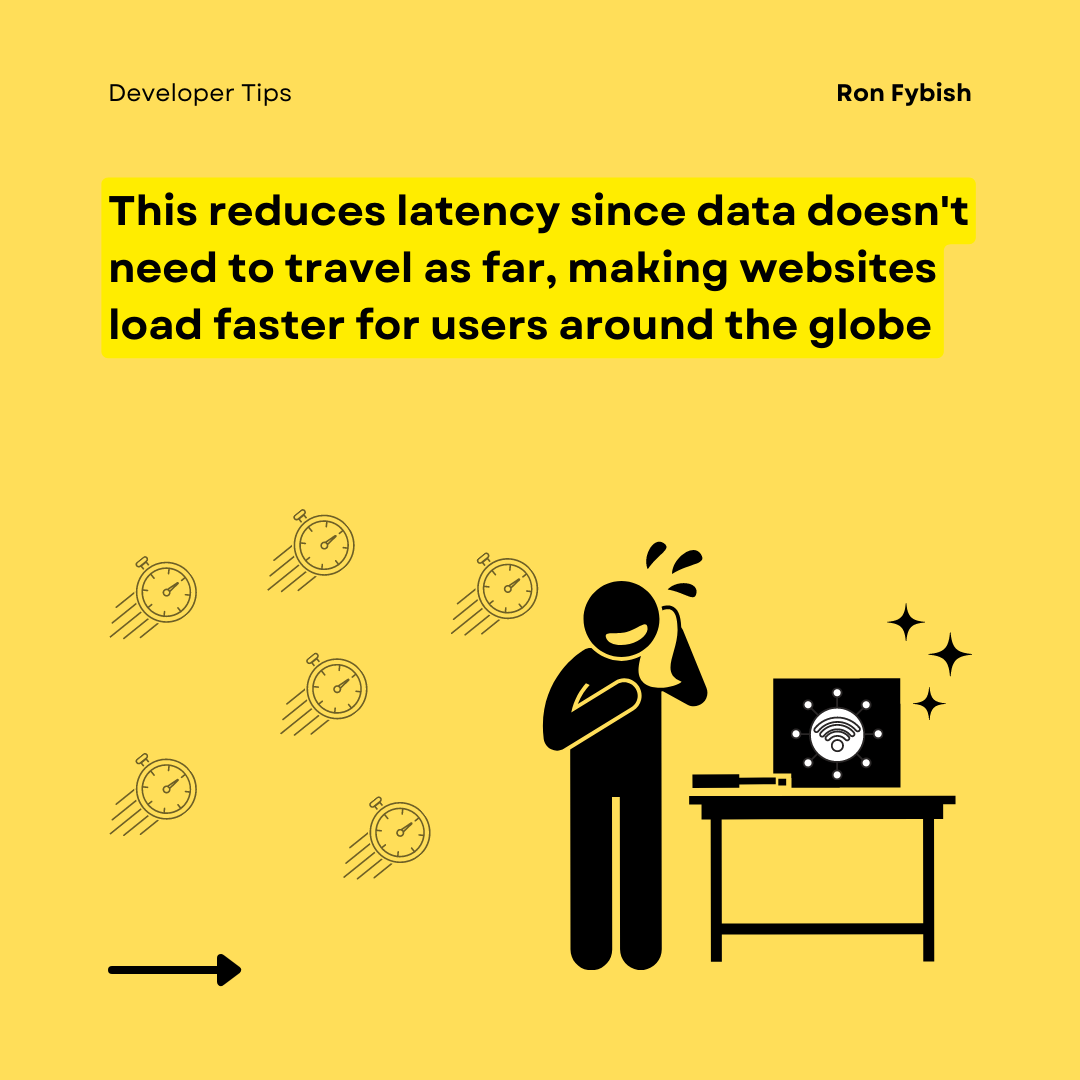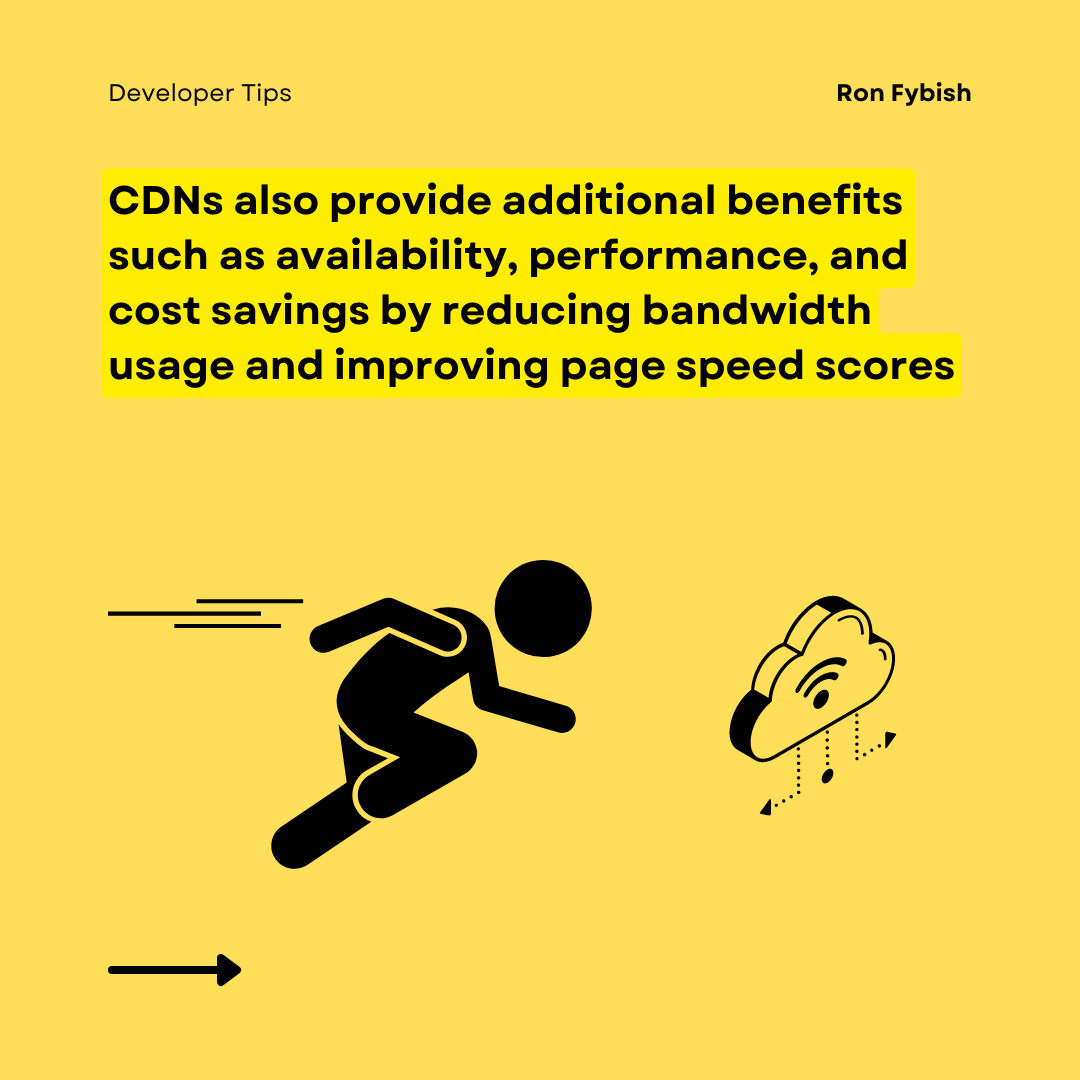The Story of CDNs: What is a Content Delivery Network?
When it comes to delivering web content, there's more than one way to skin a cat. Find out what a content delivery network (CDN) is and how it works.
A content delivery network or CDN is a system of computers that deliver web content to users.
The idea behind a CDN is to make sure that web visitors can access the content they need, when they need it, no matter where they are in the world.
CDNs work by caching or storing copies of website files in different locations around the globe.
When someone visits a website that uses a CDN, their browser is directed to the server that is closest to them physically.
This helps to improve website speed and reliability because it reduces the distance that data has to travel.
There are many different types of CDNs and choosing the right one for your website can be tricky.
In this article, we'll take a look at some of the most popular CDNs and how they work. By the end, you should have a good understanding of what a CDN is and how it can benefit your website. Thanks for reading!
What Is A CDN?
A content delivery network (or CDN) is an interconnected system of servers that distribute cached files such as HTML, CSS, JavaScript, images, videos, or other digital assets around the world. This helps pages load faster by reducing latency and improving overall performance.
The goal of a CDN is to reduce the distance between the user’s computer and the web server hosting the requested data. By spreading out files across multiple servers in different geographic locations, it takes less time for these files to be delivered from one place to another.
How Does A CDN Work?
When you access a website with a CDN in place, your request for that page will be routed through the nearest server in the network based on its geographic location.
For example, if you are accessing a website from London but the main server for that website is located in New York City, your request will be routed through one of the servers located closer to you—in this case, London—in order to reduce latency and improve performance.
This reduces loading times and improves overall user experience on any device they’re using.
Why Use A CDN?
The primary benefit of using a CDN is improved performance; pages will load faster due to decreased latency rates which leads to increased customer satisfaction and engagement with your site or application.
Additionally, it also helps reduce bandwidth costs since fewer resources are needed to deliver content due to its caching capabilities; once data has been cached on one server, it becomes readily available throughout all other nodes in the network.
Finally, utilizing a CDN also provides extra security benefits as well since all requests are routed through secure nodes within its network thus providing an extra layer of protection against potential cyber threats or malicious attacks.
CDNs are a system of distributed servers that deliver content to users based on their geographic location.
Content Delivery Networks (CDNs) are a powerful tool used to rapidly serve up content based on the requests of users.
In this system, distributed servers located around the world relay data from one point to another until it reaches its destination quickly and securely.
This technology is especially useful for large companies operating globally as it allows them to serve content based on a user's geographic location, ensuring their customers always have the best experience possible with the highest level of performance.
CDNs offer an invaluable resource for those looking to deliver dynamic content on a global scale.
CDNs help improve website performance by reducing latency and providing redundancy.
If you run an online business, chances are you'll want to increase your website performance, reduce latency, and provide redundancy.
Enter CDNs - content delivery networks.
By storing your webpages and assets in multiple locations around the world, they are able to serve up the same site in much less time, ensuring that wherever a visitor is located, they get the experience they expect with minimal wait time.
This is especially helpful when dealing with large files like videos or audio.
So if you're looking for a surefire way to improve website performance and provide a great user experience no matter where they are, invest in a Content Delivery Network.
CDNs are used by major websites and online services, such as Google, Facebook, and Netflix.
CDNs are revolutionizing the way major websites and online services, such as Google, Facebook, and Netflix serve their content to their users.
By distributing content across a wide range of networks, CDNs enable faster delivery to ensure consistent performance and uptime.
This is especially important for streaming services like Netflix, which rely on quick and steady delivery of content to customers.
In addition, CDNs help minimize costs associated with regulating and managing servers.
As the world increasingly relies on online services, businesses have no choice but to adopt this cutting-edge technology as part of their web infrastructure.
CDNs are an important part of the global internet infrastructure.
With the advent of technology and rapidly expanding online content, CDNs have become an integral part of the global internet infrastructure.
A Content Delivery Network is a network of thousands of interconnected data centers that help deliver digital content around the world quickly and efficiently.
By providing ample capacity and faster delivery times, CDNs optimized connection speeds and minimize latency, allowing web users to have fast access to webpages and other digital content regardless of their location or the type of device they're using.
In order for browsers to display websites with ease, businesses need a reliable and powerful content distribution network that will help them deliver an optimal viewing experience to their customers.
Without CDNs, we wouldn’t be able to browse through websites as quickly as we do today - so although many people might not know what a CDN is, they certainly rely on them every time they browse the web!
Learn more about CDNs and how they work by reading our blog post!
Do you ever wonder about the magic and speed of the internet?
The secret ingredient to reliable, efficient digital content delivery is…a Content Delivery Network (CDN).
By leveraging their powerful clusters of servers, CDNs help empower websites to provide an unparalleled experience for users around the world.
Ready to learn more about what these networks are and how they work?
Then check out our informative blog post to dig deeper into the fascinating world of CDNs!
Conclusion
CDNs are a key part of the internet infrastructure, helping to deliver content to users quickly and reliably. If you have a website or online service, consider using a CDN to improve performance and ensure a positive user experience. To learn more about how CDNs work, check out our blog post!



